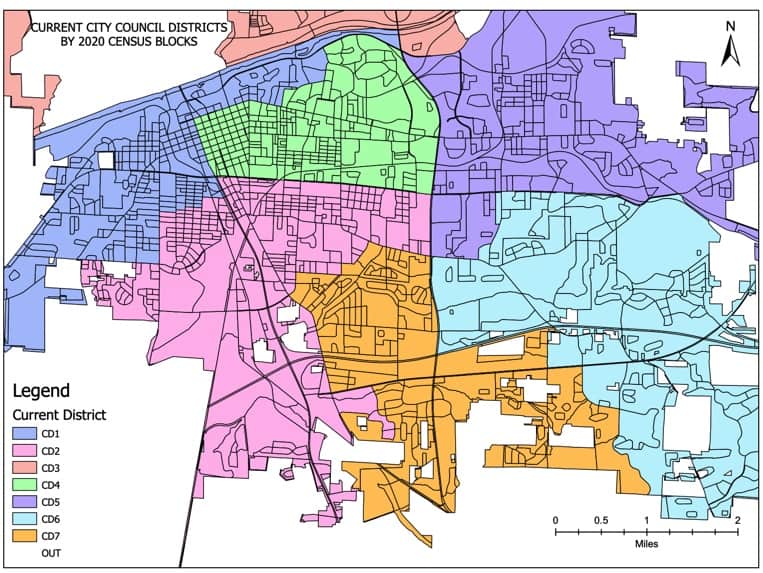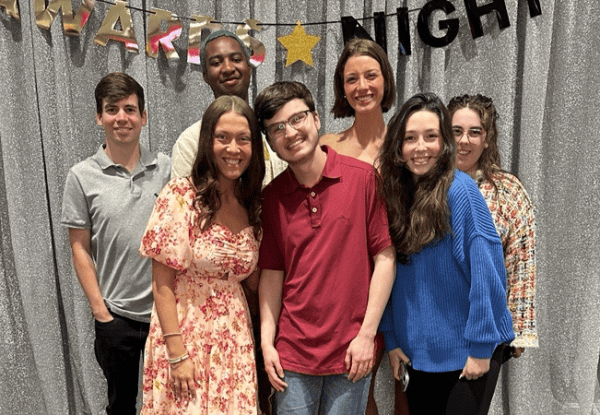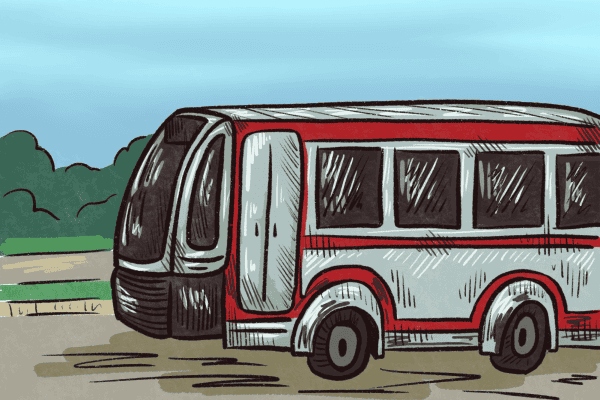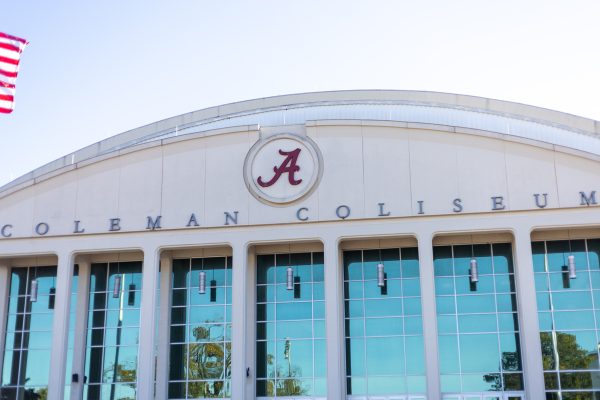Tuscaloosa’s gerrymandered city council map deserves campus attention
March 7, 2022
In clear disregard for Tuscaloosa’s citizens, the city council voted last week in favor of an especially criticized redistricting map.
In a 5-2 majority, the council failed to consider alternative proposals and a litany of citizen concerns. This decision came after attempts to expedite the deliberation process, presumably to avoid the increased opposition responses that come with any democratic system.
Though the council’s decision is dangerous and weak, there is still hope to contest these results through the courts and grassroots advocacy.
A dangerous decision
With nonwhite residents making up 52% of the population, Tuscaloosa is a majority-minority city. Despite this, the previous map favored four white-majority districts, giving the 48% white population 57% of council power.
Redistricting is required every 10 years specifically to address these population changes and ensure adequate representation. However, the new redistricting map explicitly avoids representative districts.
Mayor Walt Maddox proposed a map that relegated many black voters to District 7, though he did not attach this data to the official proposal. This map prompted the Tuscaloosa NAACP and Tuscaloosa Action to redraw a fair (and legal) map.
In response, the council proposed its own map, similar to Maddox’s, that packed Black voters into three districts. Maps like this have lasting effects on a city’s democratic process, making it essential that they are fair and representative.
While the map proposed by the NAACP achieves this goal, the map passed by the council fails in its purpose. Packing groups into individual districts inherently silences the full value of voting by diluting the strength of a voting bloc.
Vote dilution isn’t the only thing at stake. Districts are also used for funds appropriations, meaning that the proposed redistricting plan reduces the amount of resources that go to nonwhite communities.
This is why racial gerrymandering is prevented by the Voting Rights Act (which extends to the municipal level), making fair redistricting a legal and moral necessity.
The council passed its map last week, packing Black voters into districts 1, 2 and 7. This decision is a blatant attempt to reduce the impact of Black votes and prevent adequate representation. It relegates them to less funding-appropriation resources, preventing fair representation and hindering individuals from the services they pay for.
A weak decision
The council recognized that its decision was detrimental to Tuscaloosa. As many Tuscaloosa residents spoke out against the map, the council voted to suspend normal rules to vote early for the map’s adoption.
This was prevented by Councilors Matthew Wilson, District 1, and Cassius Lanier, District 7, who voted in opposition and requested more time for resident consideration. Knowing more resident input would come at the next meeting, the council weakly attempted to avoid even the most basic aspects of its elected duty.
In an important aspect of the redistricting process —and a basic part of their role — councilors were supposed to hold community meetings on the redistricting process since October 2021. Council President Kip Tyner mentioned that these meetings haven’t happened, but seemed to be content with passing the map anyway.
As such, the redistricting process has remained ambiguous to citizens until very recently, with overwhelming outcry against the council’s proposed maps.
Perhaps the only positive argument for the proposed redistricting map came from Councilor Raevan Howard, District 2, who noted it may be more strategic to guarantee three minorities on the council rather than risk losing two closer elections and reverting to two minorities.
Though the rationale to this is sound, many argue it ignores the power of the majority and doesn’t give nonwhite voters the agency to try. It also still makes the “two-minority outcome” possible since many Black voters are packed into District 7.
The voting process was similarly weak. After failing to hold community meetings, receiving public opposition, and attempting to suspend normal rules to expedite the voting process, five councilors still voted to pass the map.
They had until April to seek resident opinion and finalize maps, but expedited the process in a shameless, weak attempt to hold power and avoid accountability to the residents who elected them.
Contesting the results
There is still hope that the passed redistricting map won’t be enacted. These maps will be used for the 2025 set of municipal elections, giving ample time to challenge this outcome in the courts.
Since this map may constitute racial gerrymandering under the Voting Rights Act, this decision is just as susceptible to being overridden as Alabama’s overruled congressional map.
On the grassroots level, there are a variety of ways to contribute. Tuscaloosa Action, the NAACP and the Southern Christian Leadership Conference are among groups that took an active role against the council’s redistricting map.
If students support these organizations, we can prevent instances like this from happening in the future. We will have a stronger united front for a future court challenge.
Students can also speak against this map with their vote. Believe in the power of the polls. When councilors actively disregard citizen input, they must face repercussions in the next set of elections.
This redistricting decision was made strategically, out of fear that they may lose their seat. Make this fear come true.
By participating in local elections, students, along with the Tuscaloosa community, can target ineffective representation. Representatives who show concern for their citizens, like Councilors Wilson and Lanier, need increased citizen backing on similar issues.
Too often, municipal elections and procedures are disregarded. By simply bringing attention to local government, we can maintain accountability for those who represent us.
While councilors may have forgotten who they represent, we have not. They represent us, and all those in the Tuscaloosa community. If they fall short in their duty, let’s remind them.










